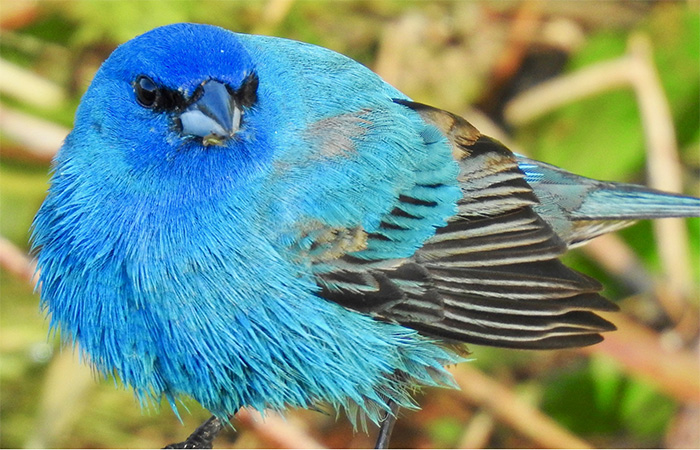
Spring has finally arrived, and along with her, a glorious return of songbirds to Cornell Botanic Gardens’ diverse natural areas. Although our natural areas provide critical habitat for birds of interest across all seasons, we wanted to highlight several that offer great bird watching during the spring migration, while also affording ample space for visitors to practice physical distancing for COVID-19 containment—as required by Governor Andrew Cuomo’s executive order.
Click on the link for each bird species below to enjoy the beauty of its song, courtesy of the Cornell Lab of Ornithology’s Macaulay Library.
While our region historically was mainly forested, agricultural practices greatly expanded grassland bird habitat. Dunlop Meadow provides visitors the opportunity to hike around grasslands managed specifically to support grassland birds, including the charismatic Bobolink. Other notable species include Eastern Meadowlark, Common Yellowthroat, and several species of sparrows, including Song Sparrow.
Wetlands are among the most productive habitats on the planet, and that extends directly to our avian fauna. In our region, streams impounded by beaver create a highly diverse mosaic of wetland habitat types, and an industrious example of these can be found at our Purvis Road Wetlands at the southern terminus of the Jim Schug Section of the Dryden Rail Trail, where ducks mingle with wading birds and warblers. Here, you are likely to see and hear Yellow Warbler, American Redstart, Rose-breasted Grosbeak, and Warbling Vireo in the scattered trees nearly at eye level.
Closer to the Cornell campus along the East Ithaca Recreation Way is our Mitchell Street Hawthorne Thicket—one of the area’s hotspots for spring birding. The namesake hawthorns grew up in an old cattle pasture, which is now succeeding to a fairly unique young forest. The hawthorns flower during peak migration, and attract Wood Thrush, Indigo Bunting, and Baltimore Oriole. But the site is also a popular spot to find more than 35 species of warblers, including Tennessee, Bay-breasted, and Nashville Warbler.
When birding at Cornell Botanic Gardens—or any other location—please plan to practice required and recommended COVID-19 containment behaviors. Presently in New York State, face coverings are required in any setting, where one might get within six feet of another person. With the popularity of the spring songbird migration and with people taking advantage of spring weather, this is a likely occurrence in most places! Take a mask and use it, for the well-being of everyone.
Whether in-person or online, you can experience the abundance of songbirds at Cornell Botanic Gardens, and help us celebrate National Public Gardens Week, May 8 to May 17. Explore Cornell Botanic Gardens’ natural areas, and learn more about birds and hear their songs with a visit to the MacCaulay Library or eBird, the Cornell Lab of Ornithology’s citizen-science collaborative.
Todd Bittner is Director of Natural Areas at Cornell Botanic Gardens